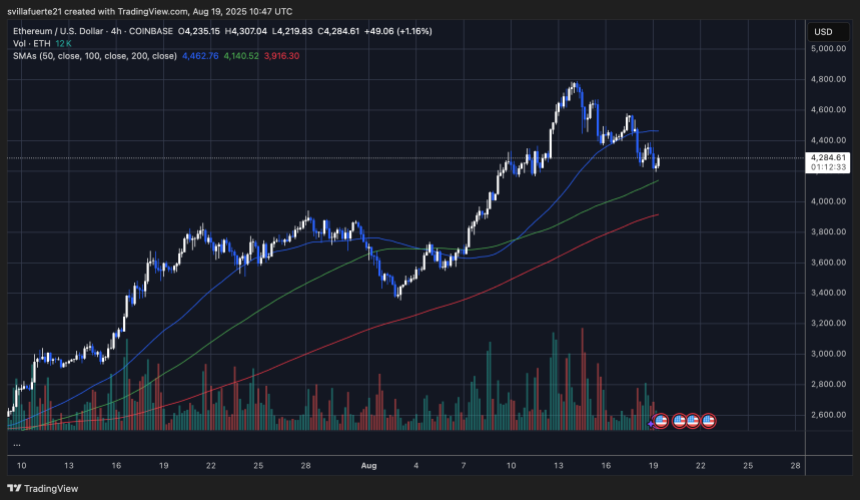Ethereum’s Historic Short Squeeze Looms: Rally Poised to Trigger Unprecedented Liquidations
Ethereum shorts hit record levels—setting the stage for a potential liquidation cascade that could rocket prices higher.
The Perfect Storm
Massive short interest collides with surging network activity. When too many bet against ETH, even modest upward moves force margin calls. That selling pressure reverses—fast—as positions get liquidated. Suddenly, bears become forced buyers.
Liquidity Tsunami
Exchange reserves are thinning while staking locks up supply. Less liquid ETH means smaller buys trigger bigger price moves. Add institutional accumulation to the mix, and the squeeze potential multiplies.
DeFi's Domino Effect
Liquidations don't happen in isolation. Cascading margin calls across lending protocols could amplify moves—flash crash in reverse. One platform's forced selling becomes another's buying opportunity (and another cynical reminder that in crypto, the house always wins—until it doesn't).
History doesn't repeat, but it often rhymes. This setup looks familiar to anyone who survived 2021's squeezes—just with bigger numbers and more sophisticated instruments. When the tide turns, it won't ask for permission.
Ethereum Faces Record Short Position Pressure
Ethereum is entering one of its most decisive moments yet, with unprecedented short positioning building up in the market. According to top analyst Ted Pillows, we’re witnessing the biggest leveraged short position on ETH ever recorded. Net leveraged shorts have climbed to 18,438 contracts, marking the biggest bearish bet in Ethereum’s history. This surge in positioning reflects a market bracing for volatility, as traders place aggressive downside bets following Ethereum’s retrace from the $4,790 level.

However, Pillows emphasizes that this dynamic could create the perfect storm for a short squeeze. If ethereum manages to rally from current levels, these bearish positions could quickly unwind, forcing shorts to cover at higher prices and accelerating the rally. Historically, such imbalances have led to explosive upside moves in a short timeframe, catching bears off guard and rewarding bulls with rapid gains.
While short-term volatility remains elevated, strong fundamentals — including declining exchange supply, institutional accumulation, and broader adoption trends — continue to support the long-term bullish thesis. For now, all eyes remain on whether the record-short positioning turns into the catalyst for Ethereum’s next breakout.
ETH Technical Details: Testing Demand LevelEthereum is currently trading at $4,284, showing signs of volatility after its recent decline from the $4,800 region. The 4-hour chart highlights how ETH has struggled to reclaim momentum, with price now testing a key support zone around the $4,200–$4,250 range. This level is crucial because it aligns with the 100-day moving average (green line), which has acted as dynamic support during previous pullbacks in this rally.

The price structure shows that bulls remain active but are under pressure. After weeks of consistent gains, Ethereum is now experiencing heavier selling volume, as visible in the recent red bars on the chart. However, the broader trend remains bullish as long as ETH holds above the 200-day moving average (red line), currently sitting below $3,920.
A breakdown of $4,200 could expose ETH to further downside toward $4,000 or even $3,900 in the short term. On the other hand, if buyers defend this zone, Ethereum could attempt another rally to retest resistance levels around $4,500–$4,600.
Featured image from Dall-E, chart from TradingView

